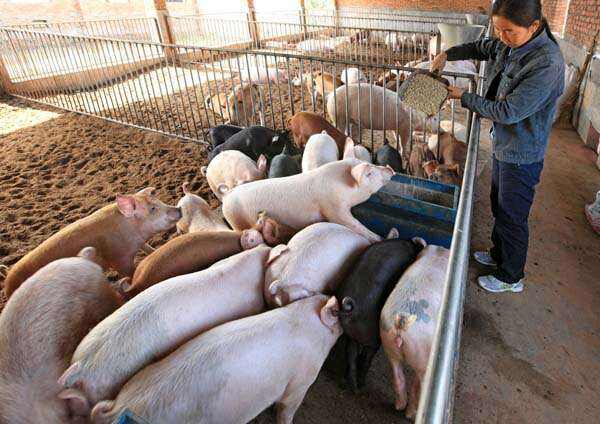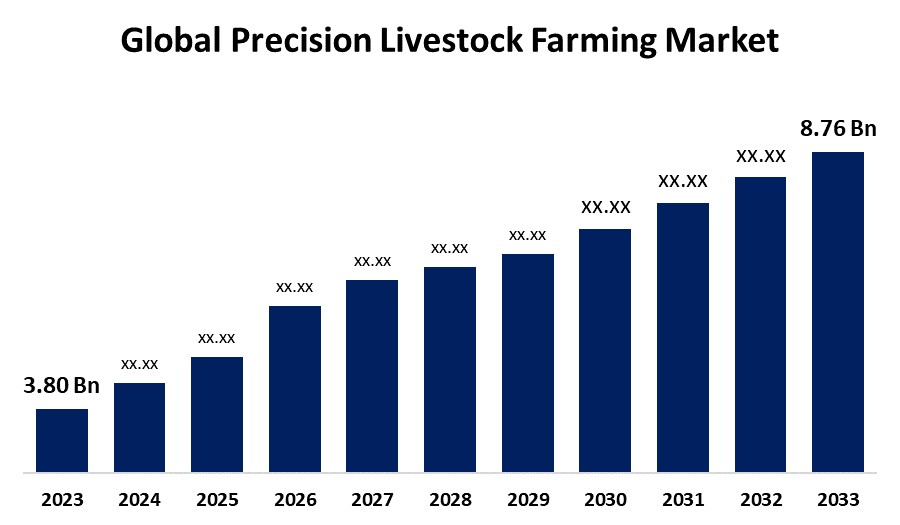Challenges Facing the Import and Export of Livestock Breeding and Management Equipment in 2025
The import and export of livestock breeding and management equipment in 2025 is confronted with numerous challenges, mainly in aspects such as trade policies, technical standards, market competition, and supply chains. The details are as follows:

Trade policy barriers: The frequent changes in trade policies of different countries and regions have brought uncertainty to import and export trade. For instance, the United States imposed a 15% tariff on imported Chinese livestock sensors, leading to a 43% year-on-year increase in transit trade volume via Southeast Asia in 2024. The new animal welfare standards of the European Union have raised the compliance transformation cost of China's exported slaughtering equipment by 22%.
Differences in technical standards: Some countries and regions have set relatively high technical standards and certification requirements for imported livestock equipment. For example, the newly issued CE certification standards of the European Union have put forward higher requirements for the energy efficiency indicators of intelligent feeding systems, resulting in a 40-60 day extension of the certification cycle for related export products and increasing the difficulty and cost of exports.
Fierce market competition: Compared with livestock equipment brands from developed countries such as Europe and the United States, brands from developing countries like China have relatively low visibility in the international market, which poses certain difficulties in exploring the international market. Meanwhile, with the development of the global livestock equipment market, more and more enterprises have entered this field, making the competition increasingly fierce.
Unstable supply chains: The production of livestock breeding and management equipment relies on a variety of raw materials and components, and fluctuations in raw material prices have a significant impact on production costs. For example, the cost of steel accounted for 34% in 2023, and the impact coefficient of steel price fluctuations on production costs reached 0.78, putting the average gross profit margin of the industry under pressure to the range of 18%-22%. In addition, changes in the global supply chain pattern may also lead to problems such as component supply disruptions, affecting the production and delivery of products.

Higher requirements for environmental protection and animal welfare: The global attention to environmental protection and animal welfare has been continuously increasing, and some countries and regions have issued more stringent environmental protection and animal welfare regulations. This requires livestock breeding and management equipment to pay more attention to environmental protection and animal welfare in the process of design, production and use. Enterprises need to invest more funds and technology to meet these requirements, which increases their costs and technical difficulties.






